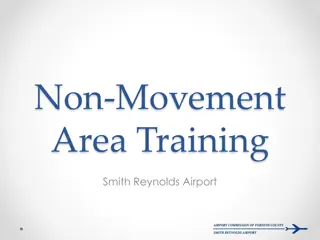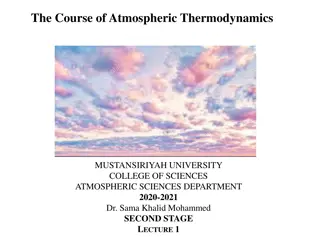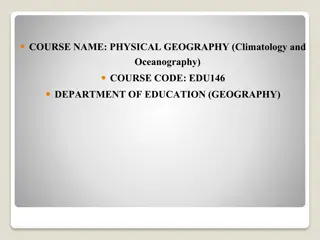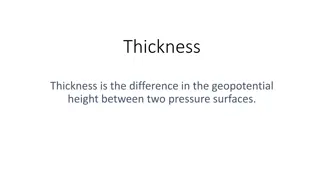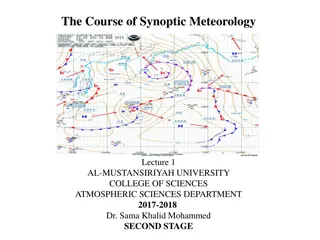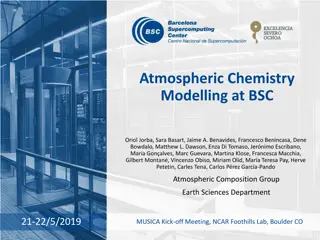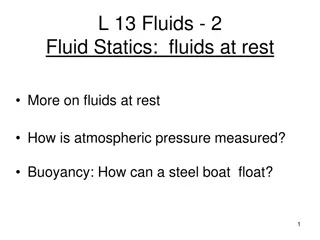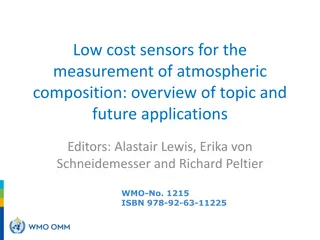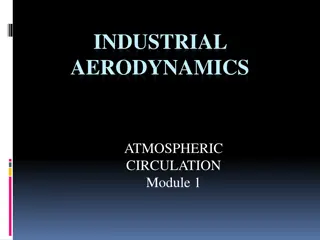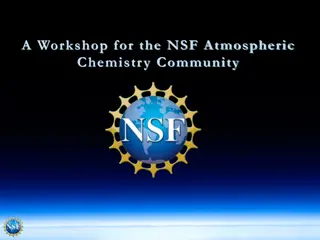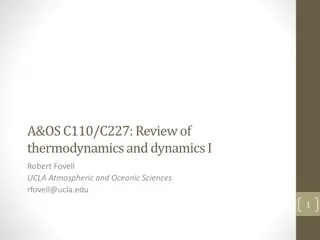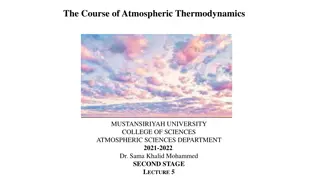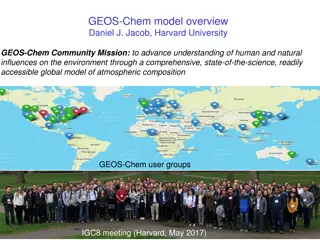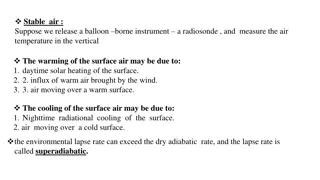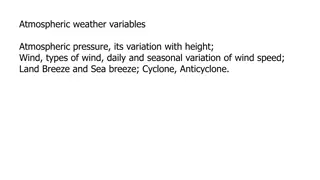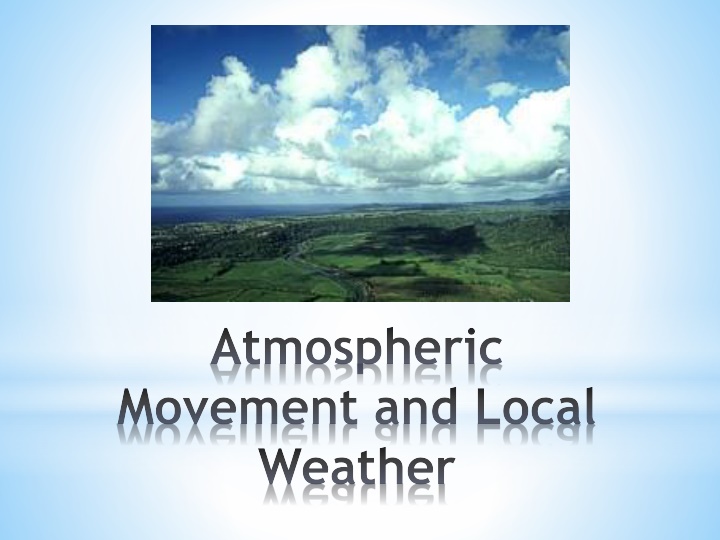
Atmospheric Movement and Local Weather Patterns
Explore the fascinating world of atmospheric movement, global wind patterns, the Coriolis Effect, jet streams, air masses, fronts, and more that influence local weather conditions. Learn why Earth has wind, how friction impacts weather, and how air pressure affects wind speed. Discover the dynamics of weather systems and fronts, including cold fronts, warm fronts, and stationary fronts.
Download Presentation

Please find below an Image/Link to download the presentation.
The content on the website is provided AS IS for your information and personal use only. It may not be sold, licensed, or shared on other websites without obtaining consent from the author. If you encounter any issues during the download, it is possible that the publisher has removed the file from their server.
You are allowed to download the files provided on this website for personal or commercial use, subject to the condition that they are used lawfully. All files are the property of their respective owners.
The content on the website is provided AS IS for your information and personal use only. It may not be sold, licensed, or shared on other websites without obtaining consent from the author.
E N D
Presentation Transcript
Atmospheric Movement and Local Weather
*Global Wind Patterns
*The Coriolis Effect
*Click on the picture below and watch animation. *Jet Stream Animation
*Why does the Earth have wind? *Click here to find out
*Variables Affecting Local Weather
*When convection and winds cause air masses to move, they bump into one another. *The area where two air masses meet is called a front. *Most severe weather occurs near frontal boundaries. *Fronts
*Cold Front - Cold air meets warm air - Fast moving and stormy - Severe weather is likely.
*Warm Front - Warm air meets cold air - Slow moving with less severe weather
*Warm and cool air masses that are not strong enough to move one another *Sits still for a long period of time *Stationary Front
*Air pressure is measured with a barometer in millibars. *Millibars are represented by connected lines of equal pressure. This is a lot like the topographic map lines. *The closer together the lines are, the faster the wind speed. *The farther apart the lines are, the slower the wind speed. *Air Pressure and Wind
*The Sun heats the water and land every day. *Land heats up rapidly, but cools off rapidly. *Desert *Water heats up slowly, but cools off slowly. *Swimming at night *The heat retained by the oceans is what keeps our planet insulated. *The Earth s Insulator
*The heating and cooling of water and land produces land breezes and sea breezes. *High pressure moves toward low pressure, pushing the warm air upward. *As warm air rises, cooler air moves in and replaces it. *Land and Sea Breezes
*How do global patterns of atmospheric movement affect local weather? *Reflection Question


